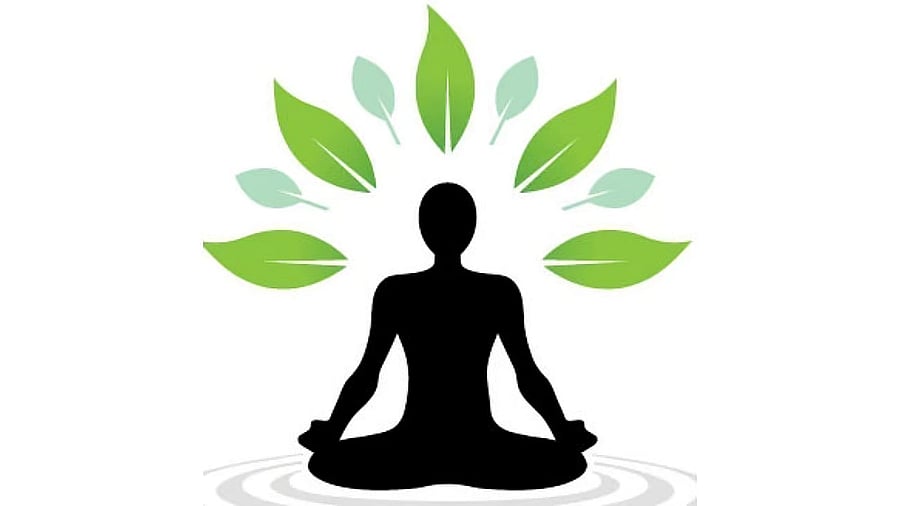
OASIS Logo
Commencing its seventh chapter, the Bhagavad Gita touches upon an undeniable fact - most people simply do not have any desire to attain spiritual knowledge or enlightenment. One obvious reason that immediately crops up is – who has the time or the energy to undertake such pursuits, when the world demands so much from them just to keep themselves afloat, amidst the innumerable pulls and pressures of mundane existence? True. And rightly so, too.
The Gita takes this forward while saying that among countless human beings in this world, only a few have the desire to attain spiritual knowledge, to elevate themselves spiritually which will, in turn, make their worldly life all the more richer, as reflected in their emotional maturity and stability, their ability to take balanced decisions, their capacity to withstand the slings and arrows that life shoots at them and so on. Among these few who have some spiritual inclinations, only some of them really strive to actually practice the knowledge that they gain from learning from a preceptor or from reading texts or listening to the words of learned masters. Many people do attempt to peruse books on such subjects. They attend lectures of erudite speakers. But how many among them even try to actually put into practice what they hear or read? Very few, says the Gita. And its our own experience too.
Many of us, with all sincerity, do want to implement whatever we are able to glean from our efforts. But, alas, the moment we close the book or come out of the lecture hall, the world overpowers us with its demands on our physical and mental energies. This is where the Gita steps in, saying that it can provide the knowledge, the means to transcend this dilemma, while carrying out worldly duties. This knowledge of understanding our limitations, our all too human frailties is called Gnana. Putting into practice this knowledge, its practical application is called Vijnana.
How to do this, what are the prerequisites to embark on this process is what the Gita explains in this seventh chapter, aptly called Gnana-Vijnana Yoga. Further, as aforementioned, only very few people attempt to practice what they have learnt.
Finally, even among this group, only one or two actually attain true spiritual enlightenment. They are the Supreme, blessed beings, who have attained the true goal of human birth, worthy of emulation by all lesser mortals!